Learn the basics of neural networks and backpropagation, one of the most important algorithms for the modern world.
Get the latest international news and world events from around the world.
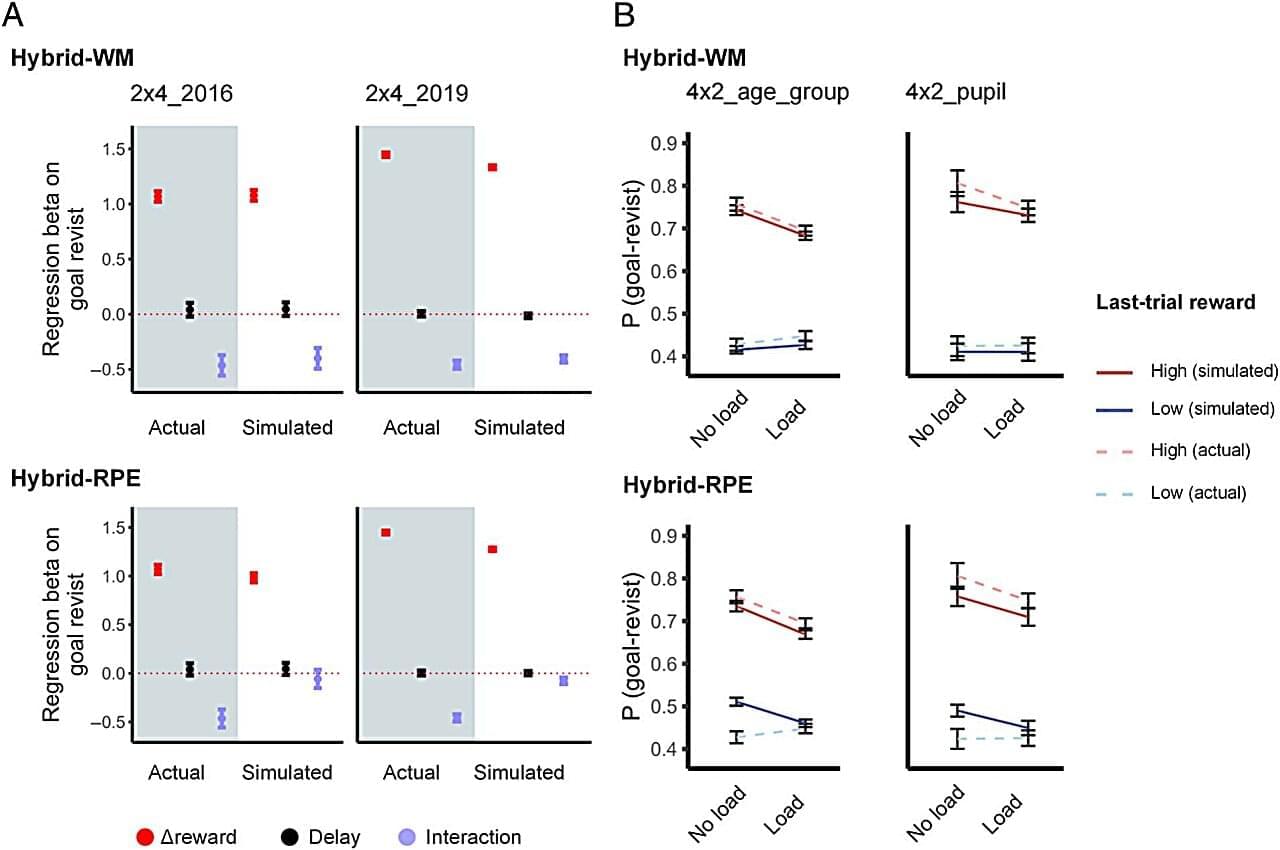
Unlocking the mind’s decision-making engine: How working memory shapes our choices
A study led by Prof. Li Hai from the Hefei Institutes of Physical Science of the Chinese Academy of Sciences has revealed that the balance between habitual and goal-directed decision-making strategies is influenced by the availability of working memory resources.
The findings, published in the Journal of Cognitive Neuroscience, provide a new framework for understanding how sequential decisions are made.
Everyday decisions often involve a series of choices aimed at reaching a goal-whether selecting a restaurant or deciding on the route. People vary in how they make decisions: some rely on habits, while others adjust based on new information and changing goals.
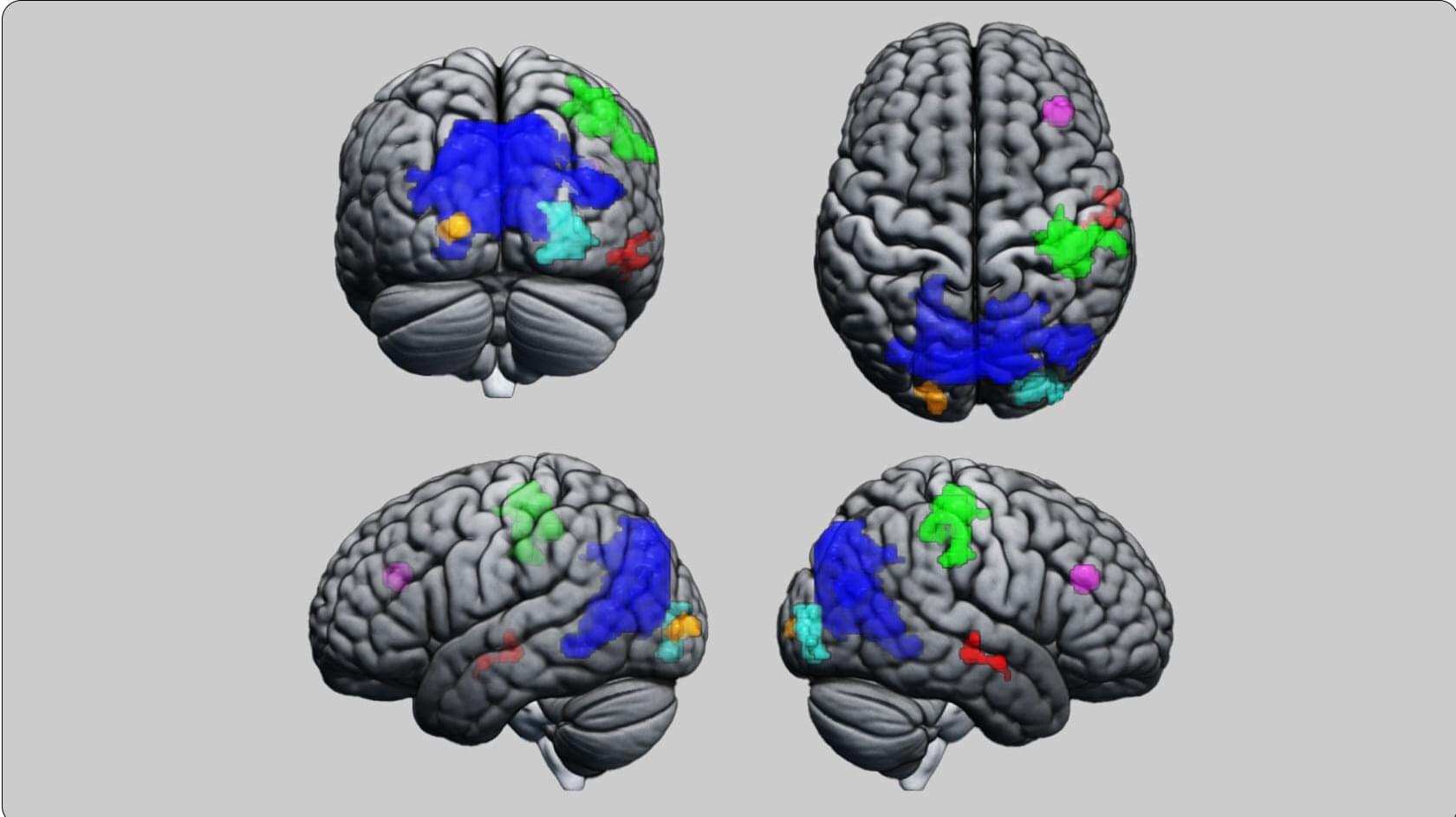
Altered consciousness: Studies reveal hypnosis alters brain activity and neurochemistry
Three studies at the University of Zurich demonstrate that hypnosis alters activity in the large-scale functional networks of the brain. It also affects the neurochemical milieu of specific brain areas.
Hypnosis has so far been something of a black box from the scientific perspective. Up to now, we have not had the data to prove whether hypnosis really is an extraordinary state of human consciousness, or simply in the subject’s imagination. Yet it remains a topic of fascination for many.
A well-known women’s magazine recently dedicated an entire dossier to hypnosis. And now and again we’ll hear of a remarkable hypnosis success story. For example, in 2018 at the Hirslanden Klinik St. Anna in Lucerne, a 45-year-old man had a metal plate removed from his lower arm under hypnosis only, without any anesthetic or pain relief. Much to the amazement of the surgical team, the man did not experience any significant pain either during or after the operation, as the Swiss public broadcaster SRF Puls health magazine program reported on 17 September of that year.
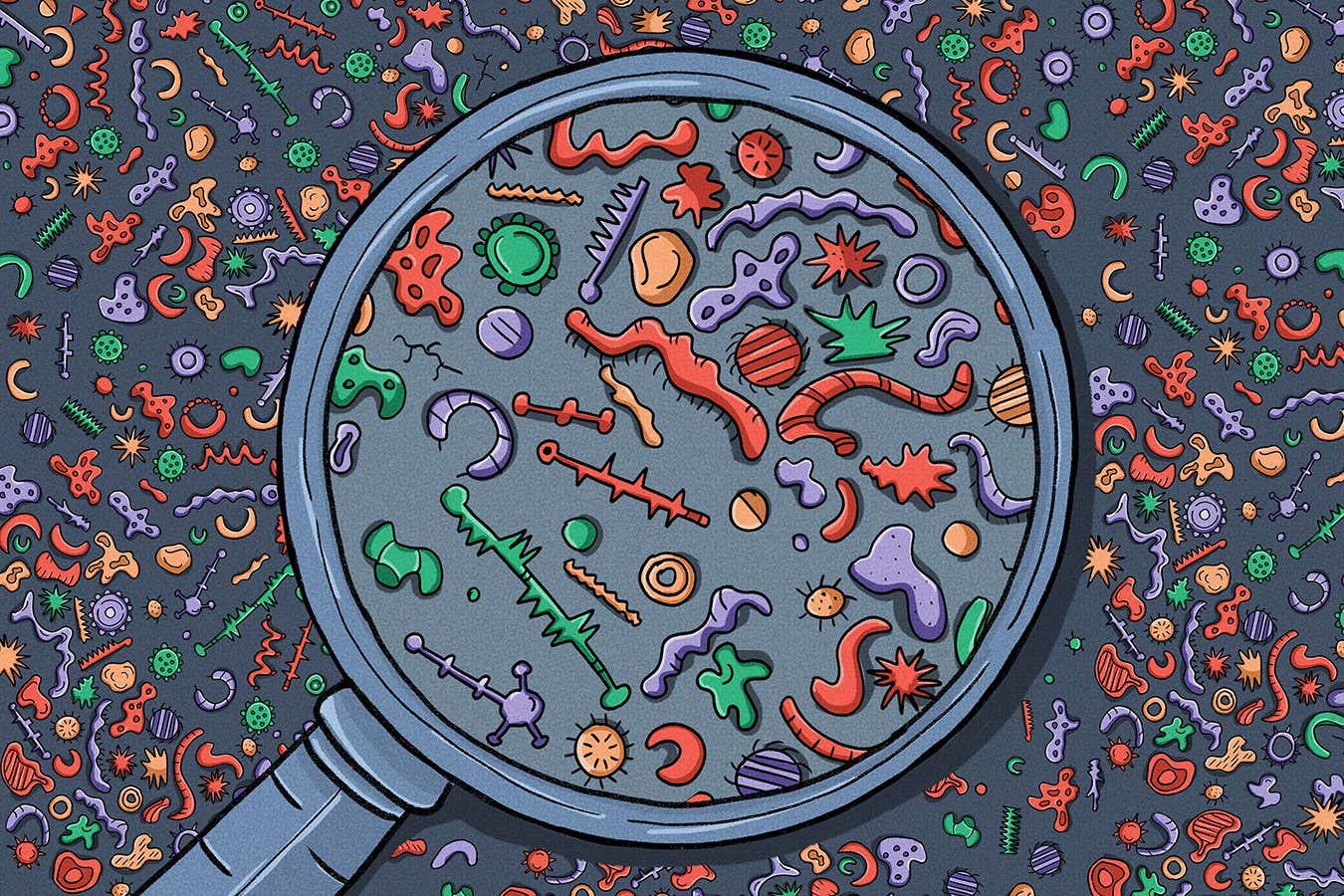
A whole new world of tiny beings challenges fundamental ideas of life
The surprising discovery of entities smaller than viruses raises profound questions about what life is and how it got started.
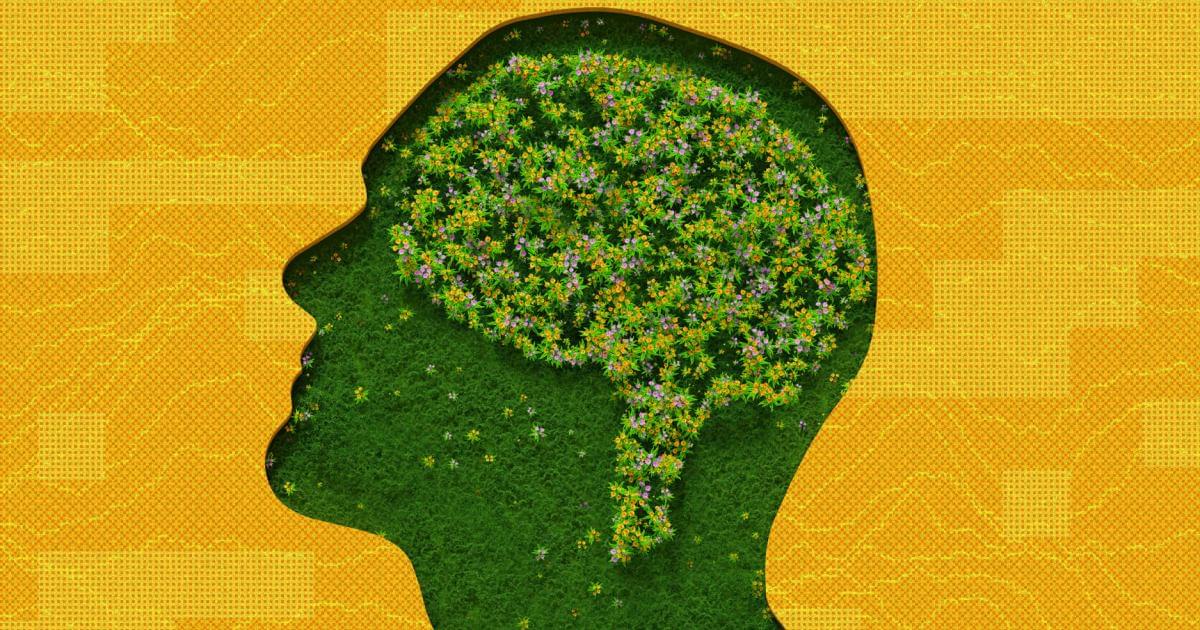
If we want artificial “superintelligence,” it may need to feel pain
“It might be that to get superhuman intelligence, you do need some level of sentience. We can’t rule that out either; it’s entirely possible. Some people argue that that kind of real intelligence requires sentience and that sentience requires embodiment. Now, there is a view in philosophy, called computational functionalism, that [argues] sentience, sapience, and selfhood could just be the computations they perform rather than the body they’re situated in. And if that view is correct, then it’s entirely possible that by recreating the computations the brain performs in AI systems, we also thereby recreate the sentience as well.”
Birch is saying three things here. First, it’s reasonable to suggest that “superintelligence” requires sentience. Second, we could potentially recreate sentience in AI with certain computations. Therefore, if we want AI to reach “superintelligence” we would need it to be sentient. We would need AI to feel things. ChatGPT needs to know pain. Gemini needs to experience euphoria.
The fact that underlies Birch’s book and our conversation is that intelligence is not some deus ex machina dropped from the sky. It is not some curious alien artifact uncovered in a long, lost tomb. It’s nested within an unfathomably long evolutionary chain. It’s the latest word in a long sentence. But the question Birch raises is: Where does AI fit in the book of evolved intelligence?
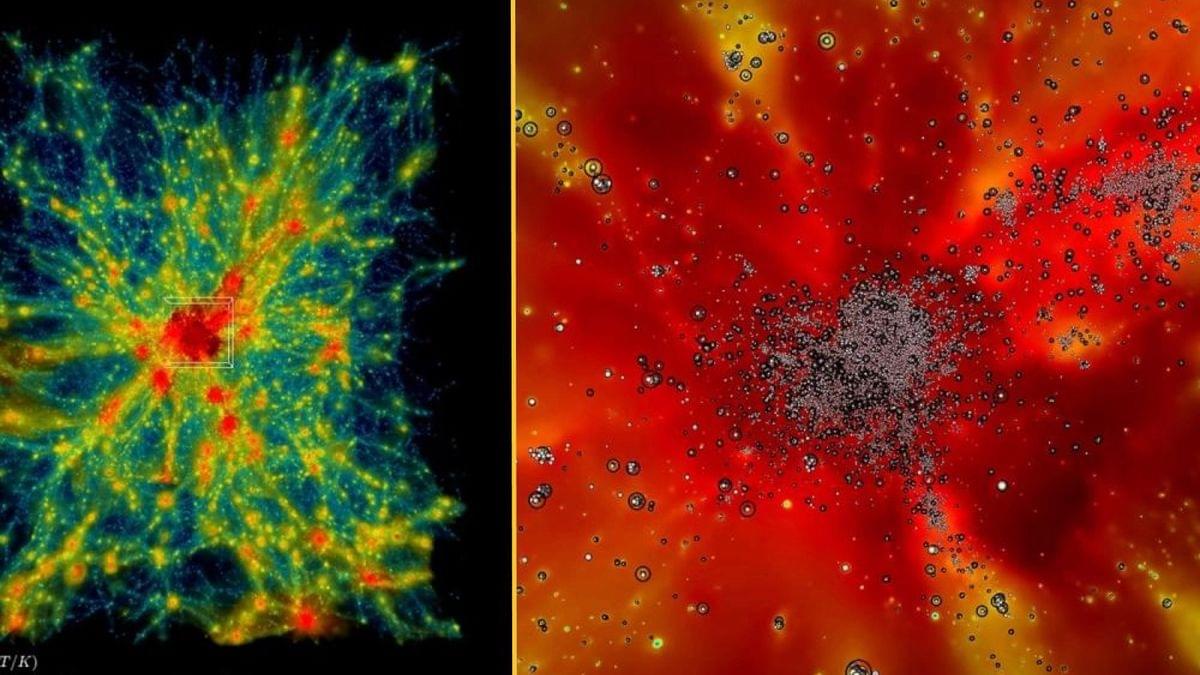
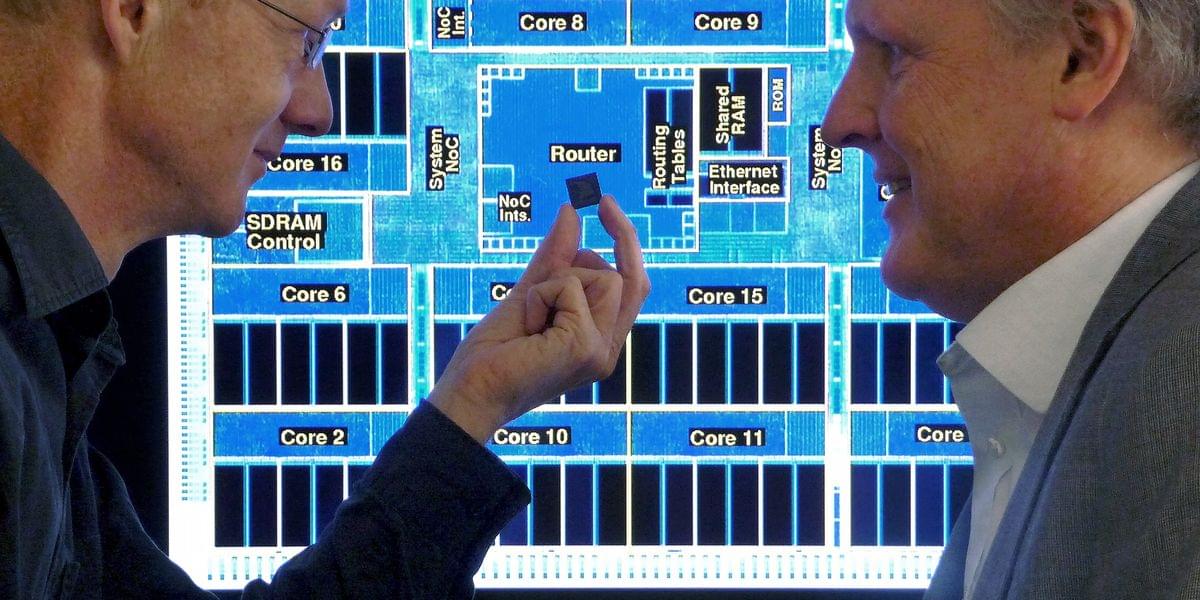
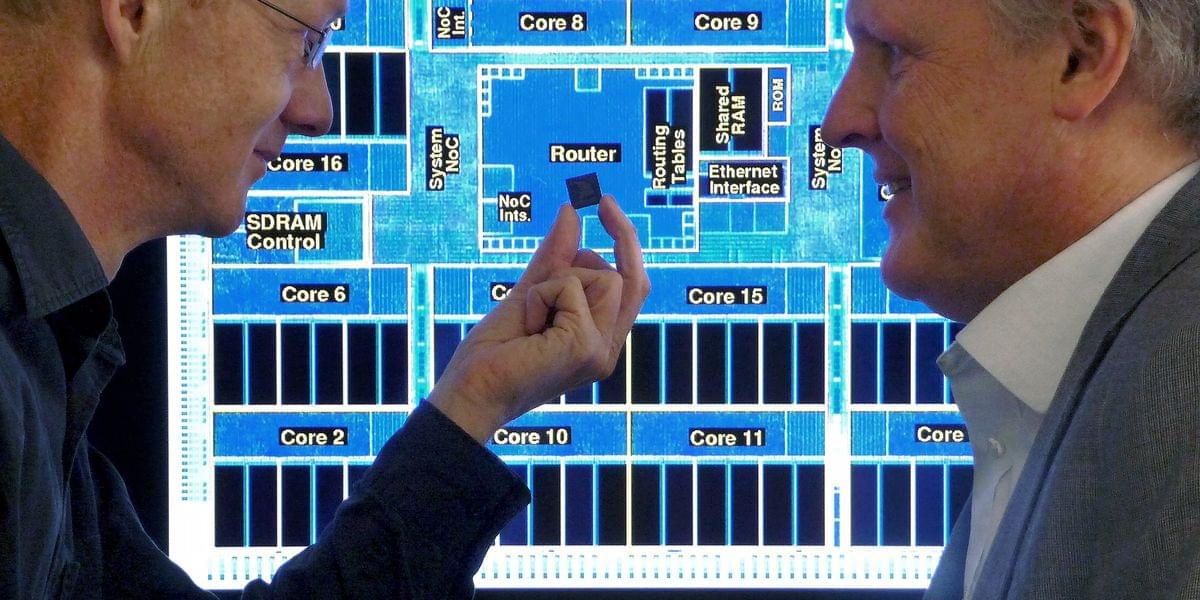

Why AI Is A Philosophical Rupture
Be that as it may, there is nothing much symbolic here. At least not in the classical sense of the term.
I am emphasizing this absence of the symbolic because it is a beautiful way to show that deep learning has led to a pretty powerful philosophical rupture: Implicit in the new concept of intelligence is a radically different ontological understanding of what it is to be human, indeed, of what reality is or of how it is structured and organized.
Understanding this rupture with the older concept of intelligence and ontology of the human/the world is key, I think, to understanding your actual question: Are we entering what you call a new AIxial age, where AI will amount to something similar to what writing amounted to roughly 3,000 to 2,000 years ago?
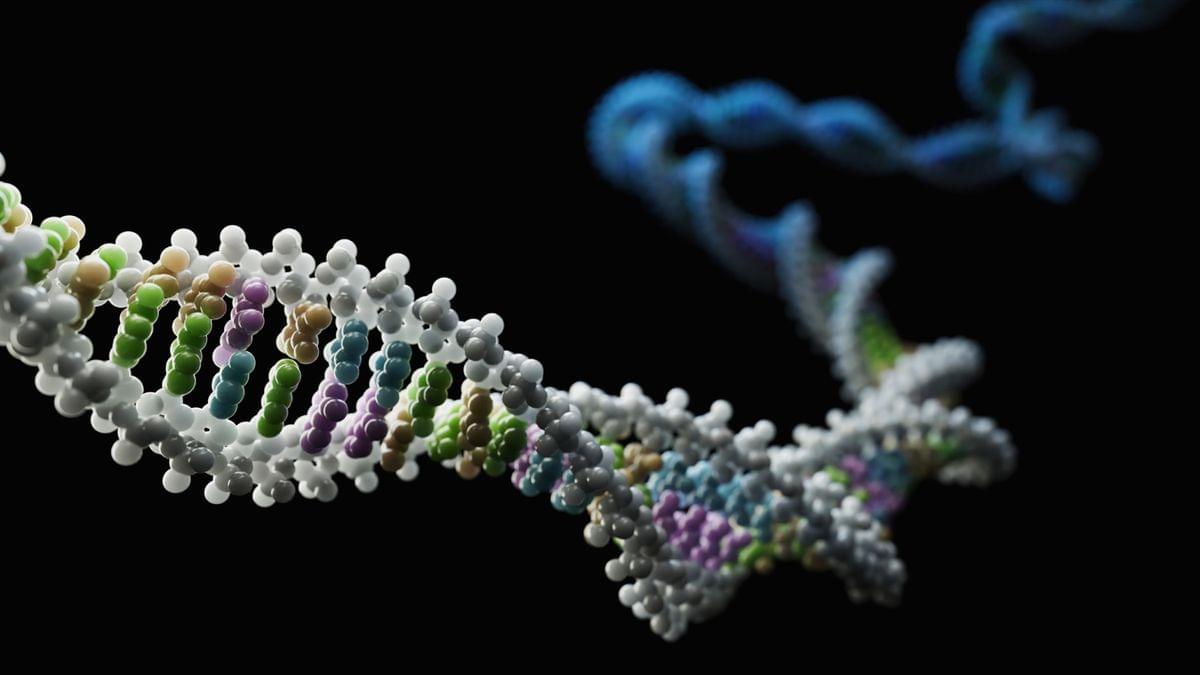
Scientists just rewrote our understanding of epigenetics
If the coordination of DNA and RNA epigenetics gets thrown off, you may end up with too much or too little of a protein, Fuk suggested. “Now, a key protein will be expressed at a too high level,” he said.” This could be detrimental for a cell and contribute to tumorigenesis,” or the formation of tumors.
There are already approved therapies that inhibit the methylation of DNA, and there’s an early-phase clinical trial testing RNA methylation inhibition as a cancer treatment. Fuks and his team are testing the potential of combining these existing therapies to improve patients’ outcomes. Preliminary data from their laboratory studies hint this strategy could be useful for patients with leukemia.